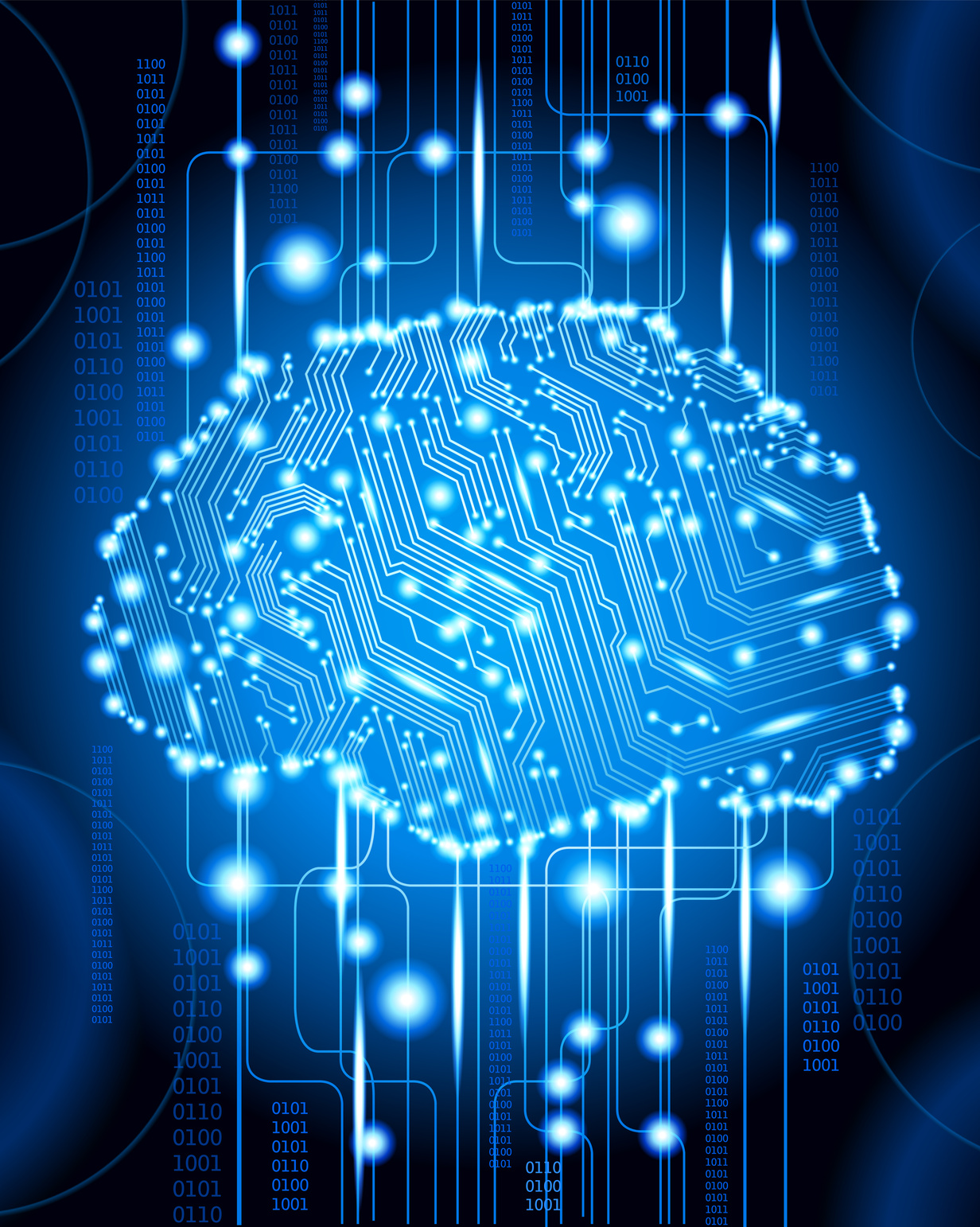Single Artificial Neuron Taught to Recognize Hundreds of Patterns.
From the post:
Artificial intelligence is a field in the midst of rapid, exciting change. That’s largely because of an improved understanding of how neural networks work and the creation of vast databases to help train them. The result is machines that have suddenly become better at things like face and object recognition, tasks that humans have always held the upper hand in (see “Teaching Machines to Understand Us”).
But there’s a puzzle at the heart of these breakthroughs. Although neural networks are ostensibly modeled on the way the human brain works, the artificial neurons they contain are nothing like the ones at work in our own wetware. Artificial neurons, for example, generally have just a handful of synapses and entirely lack the short, branched nerve extensions known as dendrites and the thousands of synapses that form along them. Indeed, nobody really knows why real neurons have so many synapses.
Today, that changes thanks to the work of Jeff Hawkins and Subutai Ahmad at Numenta, a Silicon Valley startup focused on understanding and exploiting the principles behind biological information processing. The breakthrough these guys have made is to come up with a new theory that finally explains the role of the vast number of synapses in real neurons and to create a model based on this theory that reproduces many of the intelligent behaviors of real neurons.
…
A very enjoyable and accessible summary of a paper on the cutting edge of neuroscience!
Relevant for another concern, that I will be covering in the near future, but the post concludes with:
…
One final point is that this new thinking does not come from an academic environment but from a Silicon Valley startup. This company is the brain child of Jeff Hawkins, an entrepreneur, inventor and neuroscientist. Hawkins invented the Palm Pilot in the 1990s and has since turned his attention to neuroscience full-time.
That’s an unusual combination of expertise but one that makes it highly likely that we will see these new artificial neurons at work on real world problems in the not too distant future. Incidentally, Hawkins and Ahmad call their new toys Hierarchical Temporal Memory neurons or HTM neurons. Expect to hear a lot more about them.
If you want all the details, see:
Why Neurons Have Thousands of Synapses, A Theory of Sequence Memory in Neocortex by Jeff Hawkins, Subutai Ahmad.
Abstract:
Neocortical neurons have thousands of excitatory synapses. It is a mystery how neurons integrate the input from so many synapses and what kind of large-scale network behavior this enables. It has been previously proposed that non-linear properties of dendrites enable neurons to recognize multiple patterns. In this paper we extend this idea by showing that a neuron with several thousand synapses arranged along active dendrites can learn to accurately and robustly recognize hundreds of unique patterns of cellular activity, even in the presence of large amounts of noise and pattern variation. We then propose a neuron model where some of the patterns recognized by a neuron lead to action potentials and define the classic receptive field of the neuron, whereas the majority of the patterns recognized by a neuron act as predictions by slightly depolarizing the neuron without immediately generating an action potential. We then present a network model based on neurons with these properties and show that the network learns a robust model of time-based sequences. Given the similarity of excitatory neurons throughout the neocortex and the importance of sequence memory in inference and behavior, we propose that this form of sequence memory is a universal property of neocortical tissue. We further propose that cellular layers in the neocortex implement variations of the same sequence memory algorithm to achieve different aspects of inference and behavior. The neuron and network models we introduce are robust over a wide range of parameters as long as the network uses a sparse distributed code of cellular activations. The sequence capacity of the network scales linearly with the number of synapses on each neuron. Thus neurons need thousands of synapses to learn the many temporal patterns in sensory stimuli and motor sequences.
BTW, did I mention the full source code is available at: https://github.com/numenta/nupic?
Coming from a startup, this discovery doesn’t have a decade of support for travel, meals, lodging, support staff, publications, administrative overhead, etc., for a cast of hundreds across the EU. But, then that decade would not have resulted in such a fundamental discovery in any event.
Is that a hint about the appropriate vehicle for advancing fundamental discoveries in science?
